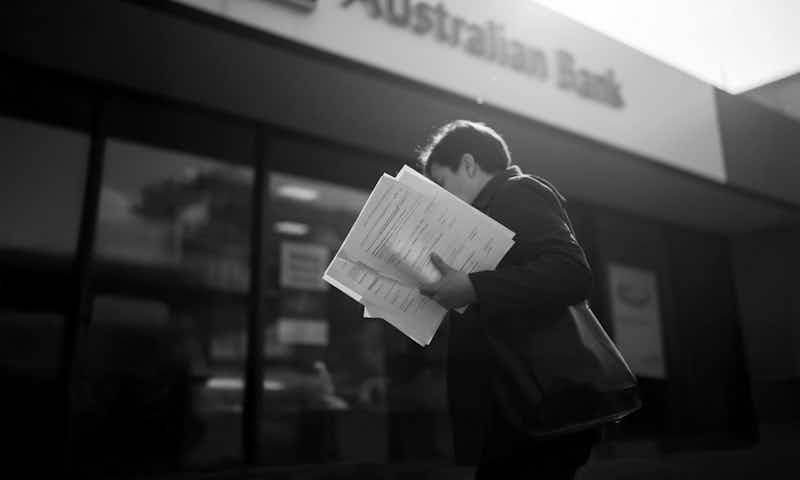A common question posed by bankrupts after our appointment is, ‘how can I get out of my bankruptcy?’ or ‘how do I end my bankruptcy?’
The answer is:
By discharge under section 149 of the Bankruptcy Act 1966 (“Act”) by allowing the statutory time period to pass (which is typically three years after their completed Statement of Affairs is accepted by the Australian Financial Security Authority); or
By annulling the bankruptcy.
What is annulment?
An annulment of a bankruptcy has the effect of cancelling the bankruptcy and revoking the bankruptcy status.
How can a bankruptcy be annulled?
An annulment of a bankruptcy can be achieved by three methods:
1. Court order
The bankrupt convinces the court that the bankruptcy administration should never have commenced. For example, it was a case of stolen identity or was initiated fraudulently. We would recommend seeking legal advice if circumstances such as these apply.
2. Payment of debts in full
A bankruptcy is annulled if all the debts of the bankruptcy estate (including interest on any interest-bearing debts and the trustee’s fees and costs in administering the estate) are paid in full.
This may seem impossible, given that the bankruptcy occurred due to an inability to pay all the person’s debts; however, during the bankruptcy circumstances may change, which could result in sufficient funds being realised to pay out the debts of the bankruptcy estate in full.
In a recent administration, a bankrupt’s father passed away, bequeathing them a 1/3 interest in real property. As the person was bankrupt when their father passed, the gift vested in the bankruptcy trustee pursuant to sections 58 and 116 of the Act. Subsequently, once the real property was sold and the relevant funds paid into the bankrupt estate, there was sufficient money available to pay out all the creditors in full (including interest), the trustee’s fees and costs in administering the estate, and for surplus funds of approximately $200,000 to be remitted to the now annulled bankrupt to assist them in building their future.
3. A section 73 proposal is accepted
A bankrupt can potentially annul their bankruptcy by making a section 73 ‘proposal’ to their estate’s creditors under section 74 of the Act.
The process must be initiated during the bankruptcy and involves the bankrupt putting forward a proposal to their creditors to satisfy their debts and consequently annul their bankruptcy.
The proposal typically involves a third-party contributing funds (either as a lump sum or by instalments), which are then distributed to creditors of the estate. If a section 73 proposal is accepted, creditors would usually expect to receive a larger return than they would have received if the bankruptcy were to continue.
If creditors accept the section 73 proposal, then an annulment of the bankruptcy occurs.
Remember that bankruptcy isn’t always the end, and in many cases, it creates a new beginning by freeing people of crippling levels of debt. Worrells are insolvency specialists who can advise on the options available and how to best address each unique situation.




